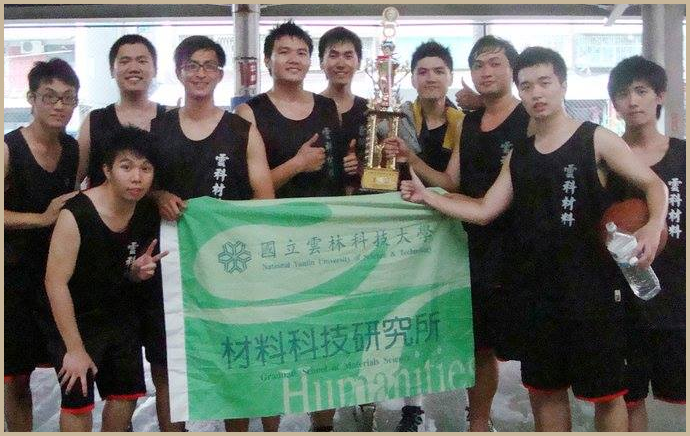
Department Introduction
Educational Goals:
- Cultivate advanced research talents with specialized knowledge and skills in materials.
- Develop research talents with independent thinking, research and development capabilities, and coordination and integration skills.
- Nurture professionals with a lifelong learning mindset and an international perspective.
Vision for Development:
- Focus on key materials science and technology themes related to future trends, uniqueness, and green essence.
- Develop into a research and technical support hub for regional industries.
- Align with international standards and deepen international cooperation.
- Collaborate with local industries to develop materials and process technologies, enhancing industrial competitiveness.
Characteristic Development Areas:
- "Magnetic Materials Science and Technology" Distinctive Area: This area focuses on the advanced technology, processes, and applied research and development of magnetic materials, microstructures, and components. Spintronics is a novel field and technology developed in conjunction with magnetic materials, with applications such as magnetic random-access memory. This type of memory features characteristics like being lightweight, compact, energy-efficient, and fast-reading, supporting various new applications like next-generation embedded memory for MCUs, automotive electronic components, IoT, and artificial intelligence. Sub-area: Applications of magnetic materials in the field of healthcare.
- "Green Energy Materials" Distinctive Area: Advanced countries in Europe and America continue to promote environmental protection policies, driving global industrial transformation. For further industrial development in Taiwan, a shift toward green materials science and technology is essential. Green energy materials focus on practical applications, especially in the field of solar energy, striving toward practical usability. Sub-area: Low-dimensional thermoelectric thin film materials.
Special Course Planning:
- The curriculum structure includes foundational courses in materials science, materials testing and analysis, magnetic materials and processes, and green energy materials science and processes. Additionally, there are optional courses in computational materials science and patent layout in materials technology. We aim to provide correct theoretical analysis and guidance for a large amount of experimental data. The patent layout course helps plan the extension of the technical life cycle.
English